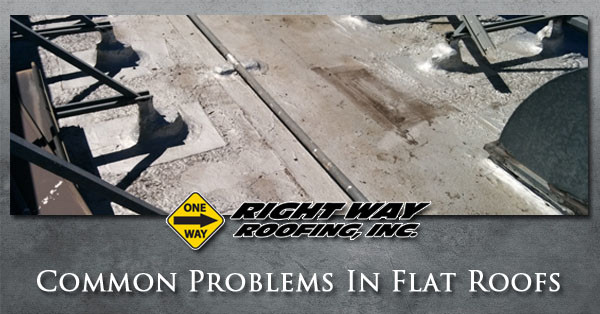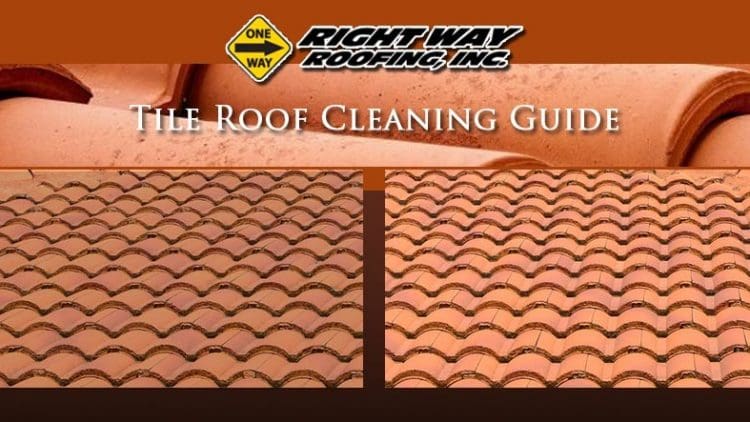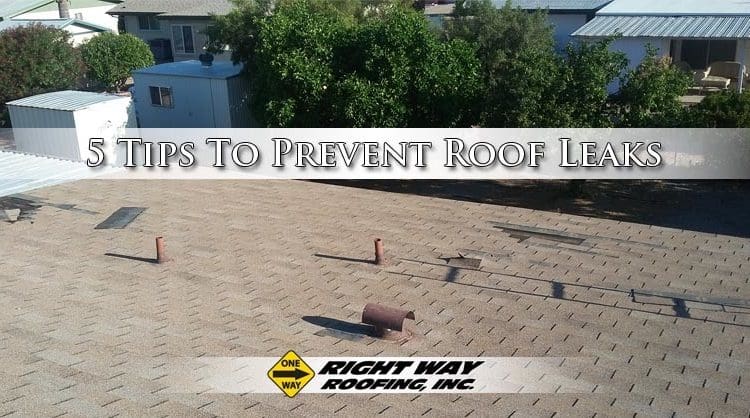Flat roofs are common all across the country and are popular around the Phoenix Valley for homes and many businesses. Flat roof common problems include punctures, shrinking, blistering, leaks, ponding water, and poor quality installation or repairs. Read below to get a better understand of what problems flat roofs have and how to avoid them.
Most Common Flat Roof Problems
Poor quality installation and repairs lead to some of the most common flat roof problems such as flat roofs that tent, blow off in storms, and leaks. It’s important to research the track record and reputation of your roofer over who’s willing to just do the job cheapest. Paying a few extra dollars for a better installer translates into a longer lasting roof. Some problems are also the result of poor or no maintenance.
Leaking Flat Roofs
Clearly, the most urgent and annoying type of problem for any roof leaks can lead to costly repairs to the roof and inside the property. Regular maintenance is the key to preventing leaks. Having eyes and boots up on the roof on a regular basis catching problems before the water has a chance to find a way into your home or business minimizes the cost of repairs and potential damage to the contents of your structure.
Common causes of leaks include punctures and shrinking. Punctures are typically caused by dropped hand tools or even branches falling from trees close to the structure. If a sharp edge hits a flat roof hard enough it will puncture the membrane and leave an entryway for water to get inside. Shrinking is possible in rubber roofing. Over time the rubber roofing shrinks and pulls at the seams between the sections. This leads to potential leak points in your flat roof.
Flat Roof Ponding Water
While the name might be “flat roof” they are typically only flat in comparison to pitched roofs and have a bit of a slope. The slope assists with directing water to gutters and helps reduce areas where water ponds and tests the roofing material. Single ply roofing is a flat roofing material which will deteriorate underwater that is left to pond. There are some types of PVC flat roofing that weathers this better, but ultimately the best flat roofs are those that are designed to drain efficiently.
Flat Roof Blistering
If your flat roof membrane has begun to look like the skin of an alligator it is known as blistering. When flat roofing does this it is a clear indication that the roofing has reached the end of its useful life. If your flat roof is doing this it is time to replace your flat roofing to ensure the proper maintenance of your home or business. Doing so will protect the value of the property and condition of its contents.
Deficient Flat Roof Install & Repair
It might seem obvious but many flat roofing problems are caused by inexperienced or careless roofing companies. Problems can start when flat roofing is installed incorrectly, or when repairs are substandard. Training, skill, and attention to detail are the qualities your roofing company must possess to properly install and repair any type of roofing.
If you’ve had flat roofing that buckles or “tents” chances are the sections were installed incorrectly and too close together. This can lead to your flat roofing being prone to storm damage. High winds will tug at sections are that are sticking up and there’s a chance they can actually blow off, leaving your roof exposed.
Lack Of Maintenance
A huge cause of issues is not taking care of problems when they are small. If you’re not getting regular yearly flat roof maintenance you won’t know there are problems and they will fester. Most flat roofing comes with a warranty from the installer and the producer of the flat roofing material. Make sure you’re getting your roof inspected yearly so you can use your warranty to cover the cost of these repairs.
Phoenix Valley Flat Roof Repair & Maintenance
If you own a home or manage a property that has a flat roof taking care of the roof is an important yearly task. The Right Way Roofing, Inc. team provides flat roof inspection, maintenance, and repair. We handle jobs of all sizes from simple repairs through completely replacing flat roofing. For more information about how we can help maintain or repair your flat roof in the Phoenix Valley please contact us today!





